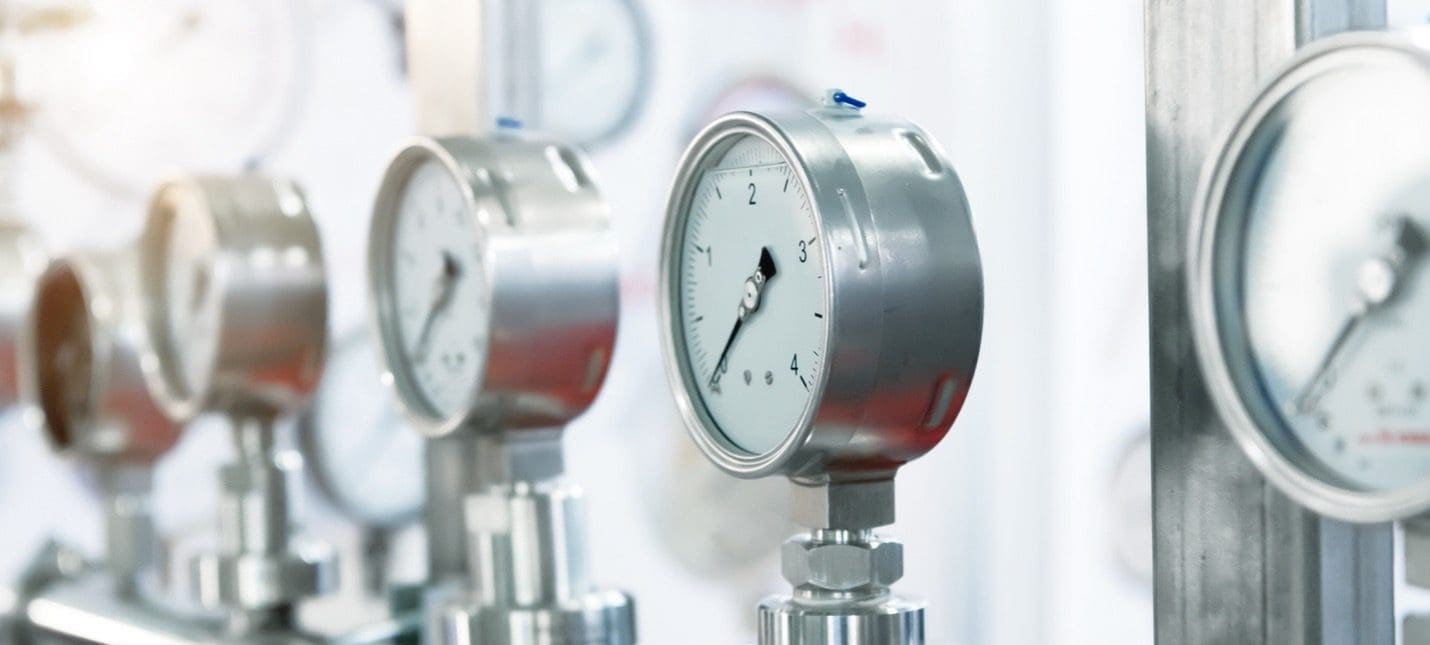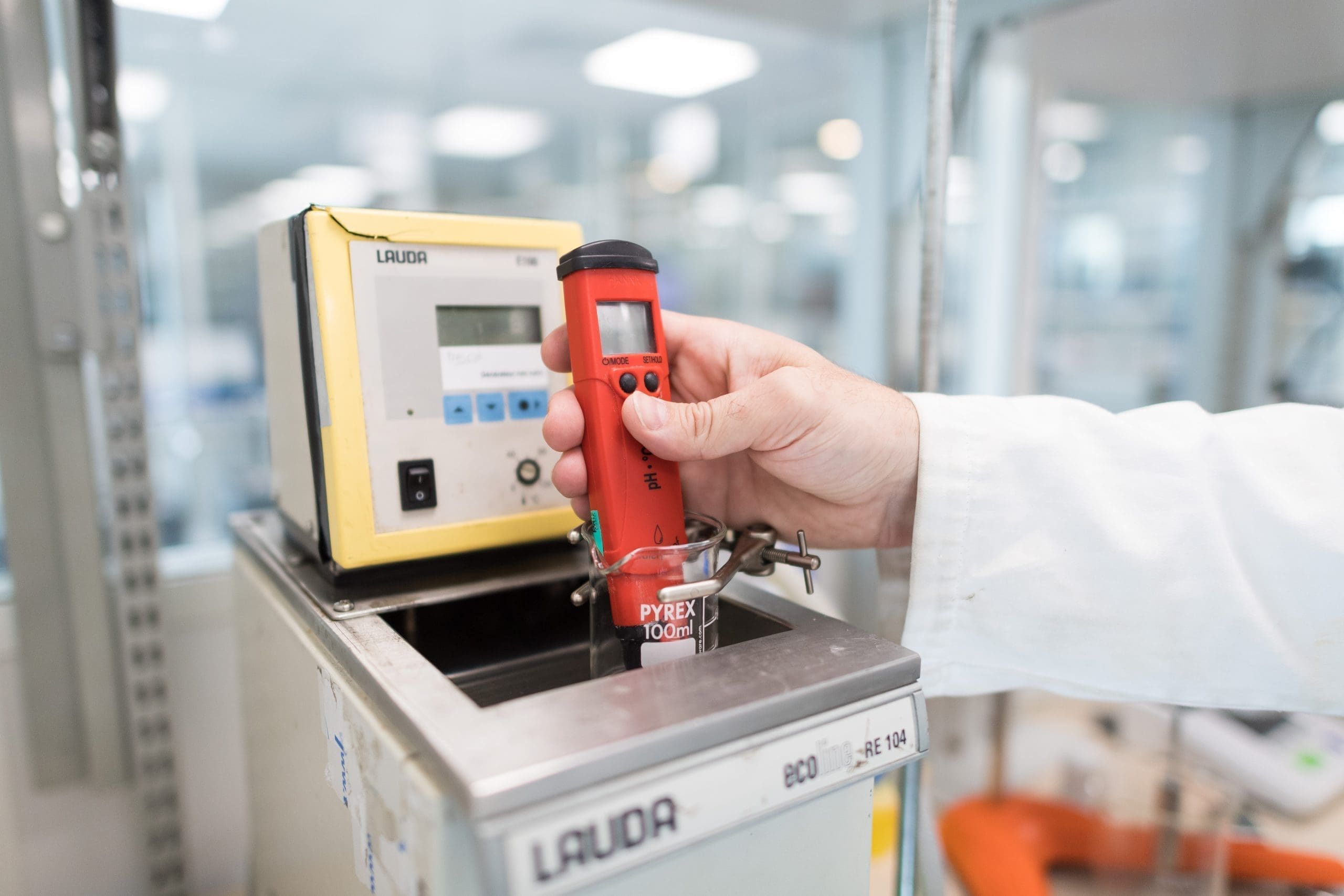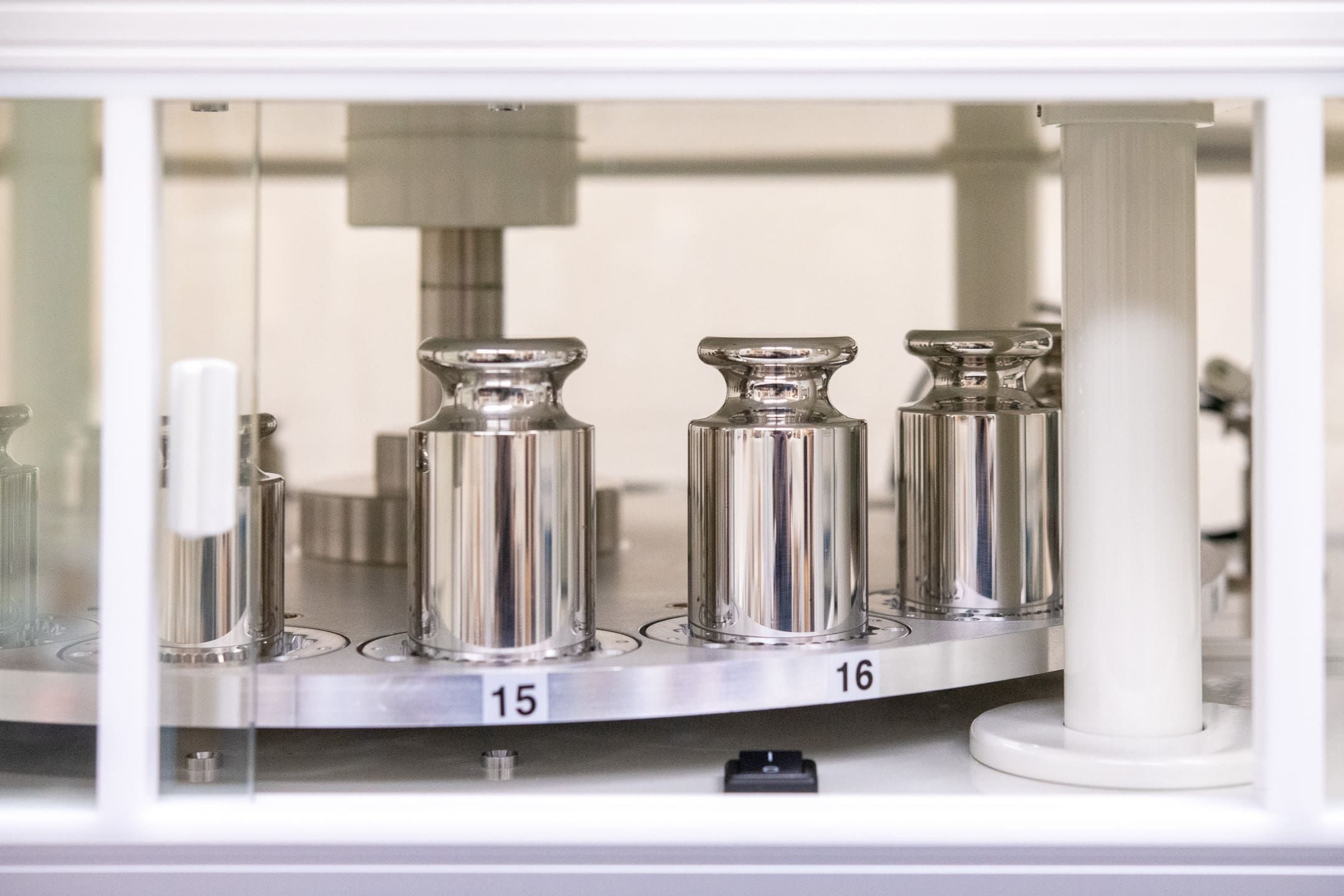Pressure gauges are instruments used to measure the pressure of liquid or gaseous materials by calculating the force they would exert at a state of rest. The gauge displays the difference between the pressure in the area being measured and that of the surroundings, called the gauge pressure.
The absolute or total pressure of the area will be the sum of the pressure difference measured by the gauge and the atmospheric pressure. Units for measuring pressure include:
- PSI – Pound/pound-force per square inch
- Newtons per square centimeter
- Pascal (Pa)- Newtons per square meter
Types of Pressure Gauges
There are a variety of methods for measuring force, which means there are numerous types of pressure gauges. They can be classified on the basis of the principles used for measuring pressure, method of operation (mechanical or electrical), and the type of output (digital or analog).
- Commercial Pressure Gauges
These are ideal for most general purposes, commercial, and utility applications. There is a huge variety of commercial pressure gauges and they are typically found in refrigeration and HVAC systems, as well as the food and beverage industries. Due to their versatility, many end users and OEM appliances also use commercial pressure gauges. - Industrial Pressure Gauges
These are made with stainless steel and are designed for monitoring the pressure of mediums that don’t cause obstructions in the system, like oil, gas, and other fuels. They are also commonly used in industries involved in manufacturing or processing of chemicals, mobile hydraulics, alternative fuels, and other petro-chemicals.
- Process Pressure Gauges
Process pressure gauges are used in locations where the pressure systems may be exposed to environmental extremes and stresses caused by vibrations, spikes in pressure, pulsation, or corrosion. These are frequently found in industries dealing with petrochemicals, both gas and liquids. - Low Pressure Gauges
For systems that contain gaseous or liquid materials in corrosive environments, low pressure gauges and systems are used to increase operational stability. These are suitable for a number of applications in settings like plant construction, cleanrooms, pneumatic systems, chemicals, and petrochemicals. - Seal Gauges
These are purpose-built gauges which combine pressure gauges with diaphragm seal isolators to eliminate leaks in the system through the gauges. Seal Gauges are the ideal choice for sanitary, pharmaceutical, chemical, and petrochemical industries. - High Precision Test Gauges
Testing and calibration laboratories use these precision pressure testing instruments for getting highly accurate results and measurements. These gauges are typically used in pressure monitoring panels and applications where the mediums will not cause obstructions or damage copper alloy parts. - Duplex Pressure Gauges and Differential Gauges
Both these types of gauges are used in applications where two applied pressures need to be measured – static process pressure and high/low pressure. They are suitable for harsh and corrosive environments like HVAC, refrigeration, cryogenic gases, and air handling industries. - Absolute Pressure Gauges
While most pressure gauges measure the pressure of a medium in relation to the atmospheric or barometric pressure, absolute pressure gauges make measurements independent of environmental conditions. They are often used in applications like measuring vapor pressure of liquids and monitoring condensation pressures.
Why is Pressure Gauge Calibration Needed?
In industries, laboratories, and other commercial environments, pressure gauges are integral to processes. They are some of the most common instruments in use and almost every laboratory or manufacturer relies on them heavily. The sheer number of them in use leads to people assuming they are in working order, thus calibration is often overlooked or delayed.
Another essential function that depends on pressure gauges is safety. Employees rely on pressure measurements displayed by gauges to identify potential problems. Ensuring that pressure gauges are performing reliably, within reasonable limits of precision and accuracy, is absolutely essential for safeguarding quality and safety.
How to Calibrate Pressure Gauges
The first thing to understand is that there is almost no standardized method for calibrating pressure gauges. The method employed usually depends on the intended use of the gauge the type of standard used for calibrating. Pressure gauges can be calibrated using a dead weight tester, standard pneumatic calibrator, or another suitable calibrator.
Here’s a basic outline of the calibration process:
- To start with, check that the calibrator or standard you’re using has been calibrated in accordance with the manufacturer’s recommendations. If it is already out of calibration, the results of the procedure would be unreliable.
- Connect the pressure gauge that is to be calibrated to the pressure source. Make sure there is a block valve to isolate the pressure source from the rest of the system and a bleeding valve for releasing pressure.
- Set the pointer so that it reads zero on the pressure scale.
- Apply the maximum pressure the gauge can measure and make adjustments till the gauge being calibrated indicates the right pressure.
- Isolate the pressure source and completely depressurize the system using the bleed valve.
- Verify that the gauge reads zero, or adjust it as needed.
- Repeat steps 4 to 6 till both the readings are accurate.
- If the gauge includes a linearizing adjustment, adjust the pressure source to 50% of the maximum pressure the gauge can measure and check the reading.
- Check if the gauge readings are correct at zero, 50%, and maximum pressure, and adjust it each time till all of them are accurate. This step requires a lot of care and patience.
- After all the readings are correct, write down the gauge’s readings at the applied pressures onto a calibration sheet.
- If you are performing a bench calibration and need to issue a calibration certification, draw a graph plotting the increasing and decreasing applied pressures against the gauge readings.
Importance of Calibration Services
If you’re using a pressure gauge and need to calibrate it, chances are there are multiple gauges of different types, with different pressure ranges, accuracy, precision, and even output types (digital or analog).
Depending on the range of equipment you’ll need to calibrate, the number of tests, and frequency of the calibrations, calibration services can have huge benefits:
- Whether the calibration is performed on-site or at a calibration laboratory or shop, you can save a lot in manpower costs and investment in calibration tools and devices, which would eat into your profits tremendously.
- Besides the cost savings, there’s also the down-time to consider, and calibration services are well-versed in lowering down-time without affecting the quality of calibrations.
Calibration services that are ISO 17025 verified can also provide calibration certifications for those calibrations which may affect your adherence to FDA guidelines




